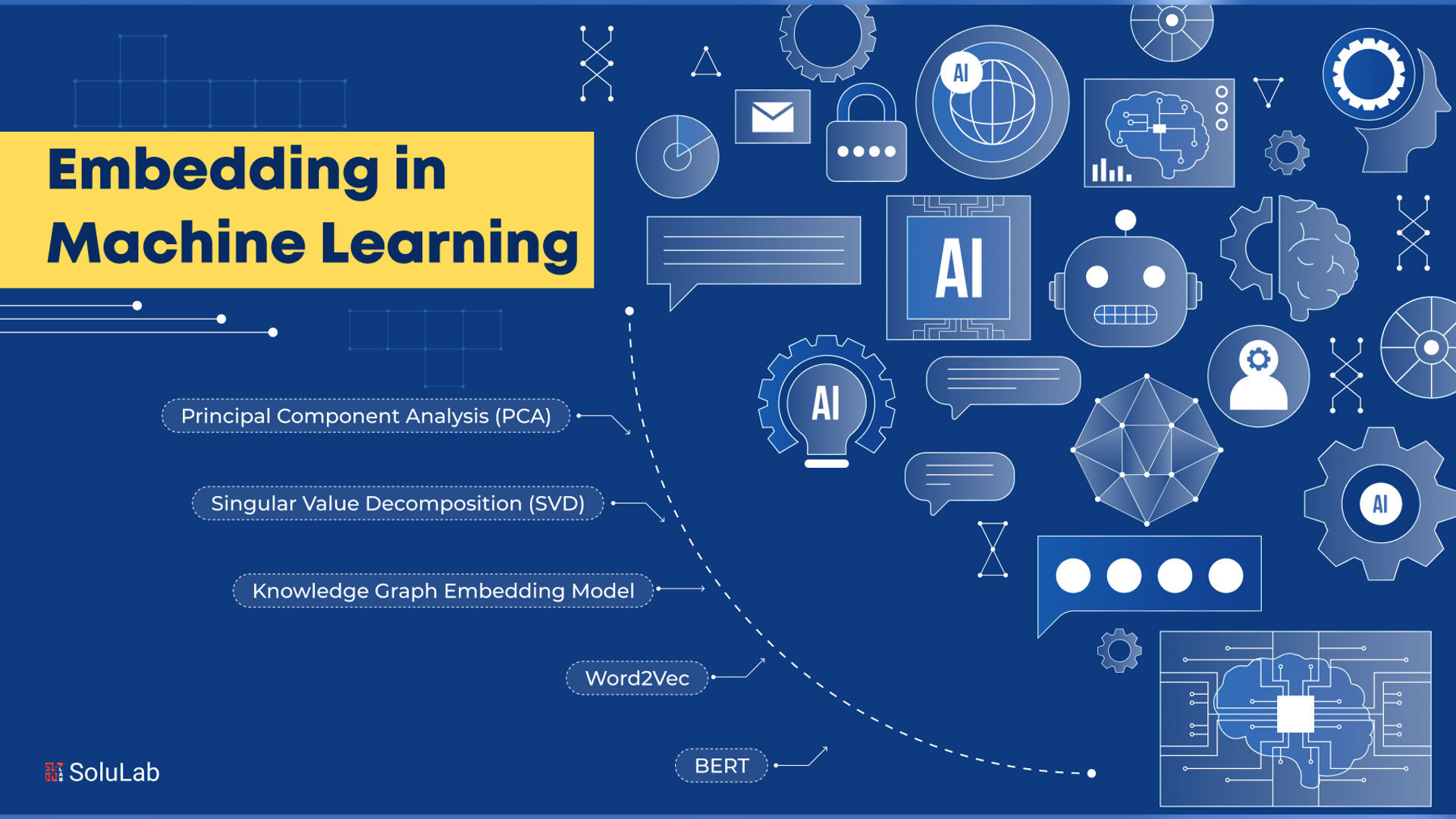Artificial Intelligence (AI) and Machine Learning (ML) have transformed problem-solving across domains—from natural language processing to computer vision and recommendation systems. AI systems mimic human-like intelligence, while ML equips them with the ability to learn from data without explicit programming.
Models in AI & ML
What Is a Model?
Models are the foundational elements that learn from data, identify patterns, and make predictions.
Transformer-based Language Models
These models use self-attention mechanisms to understand context within text, enabling rapid handling of language tasks. Examples include BERT, GPT, RoBERTa, T5, and BART.
Sequence-to-Sequence Models
Utilizing an encoder-decoder structure, these models convert one text sequence into another, making them ideal for translation and summarization tasks.
Convolutional Neural Networks (CNNs)
CNNs apply filters to detect patterns in images, making them excellent for image recognition and classification. Popular examples include ResNet, VGG, and EfficientNet.
Recurrent Neural Networks (RNNs) and Variants
RNNs process sequential data by maintaining a memory of previous inputs. Variants like LSTM and GRU enhance their ability to manage longer sequences.
Generative Models
These models learn data patterns to generate new, similar content. They are used for creating realistic images or structured data, with examples including Variational Autoencoders (VAEs) and Generative Adversarial Networks (GANs).
Other Notable Architectures
Additional approaches, such as Graph Neural Networks, Capsule Networks, and Autoencoders, address complex relationships and preserve detailed spatial information.
Data Representation in ML

The Role of Data Representation
AI and ML systems process data from diverse sources—from structured databases and CSV files to unstructured text, images, and audio. This data is often high-dimensional and sparse, making it challenging for algorithms to extract meaningful insights. Vector embeddings overcome these challenges by converting raw data into dense numerical representations that capture essential semantic and structural relationships.
What Are Vector Embeddings?
Vector embeddings are dense, low-dimensional representations that capture the key characteristics of high-dimensional input data. Essentially, they translate complex data (such as words or images) into numerical arrays that machine learning models can effectively process.
How Do Embeddings Work?
- Dimensionality Reduction:
Embeddings transform high-dimensional data into a lower-dimensional space while preserving meaningful relationships, simplifying data manipulation and computation. - Continuous Representation:
Instead of using sparse, discrete formats, embeddings provide continuous vectors that encapsulate the semantic or structural nuances of the original data. - Learning Process:
Embeddings are learned as part of a larger model. For example, in natural language processing, word embeddings are derived from the context in which words appear, enabling the model to capture semantic similarities and analogies.
Types of Vector Embeddings
There are several common types of vector embeddings used in various applications:
- Document Embeddings:
Represent entire documents (e.g., news articles, research papers) as vectors. Techniques like Doc2Vec and Transformer-based models capture overall context and semantics. - Sentence Embeddings:
Convert sentences into vectors that preserve meaning and context. Examples include Sentence-BERT and InferSent, which capture nuanced sentence-level information. - Word Embeddings:
Represent individual words as vectors by learning semantic relationships. Methods such as Word2Vec, GloVe, and ELMo derive these embeddings from large text corpora. - Image Embeddings:
Transform images into vectors by extracting visual features. CNN-based models like Inception and EfficientNet are used for tasks such as image classification and similarity. - User Embeddings:
Encode user behavior and preferences into vectors, supporting personalization and recommendation systems. - Product Embeddings:
Represent product features and attributes as vectors, enabling comparison, recommendation, and analysis in e-commerce environments.
Conclusion
In summary, the integration of advanced AI and ML models with sophisticated data embedding techniques forms the backbone of modern intelligent systems. Each model architecture brings unique strengths that cater to specific tasks, whether it be understanding natural language, recognising visual patterns, or generating new content. At the same time, the transformation of raw, high-dimensional data into dense vector embeddings empowers these models by encapsulating complex semantic and structural relationships in a manageable form.Together, these components not only enhance the performance of AI systems but also pave the way for innovative applications across diverse domains. As the field continues to evolve, further exploration of both model architectures and embedding strategies will be crucial in driving the next wave of breakthroughs in artificial intelligence and machine learning.
For organisations seeking to stay ahead in this space, partnering with experts like Dev Centre House Ireland can accelerate the adoption of cutting-edge AI solutions tailored to real-world challenges. In summary, the integration of advanced AI and ML models with sophisticated data embedding techniques forms the backbone of modern intelligent systems. Each model architecture brings unique strengths that cater to specific tasks, whether it be understanding natural language, recognizing visual patterns, or generating new content.
At the same time, the transformation of raw, high-dimensional data into dense vector embeddings empowers these models by encapsulating complex semantic and structural relationships in a manageable form. Together, these components not only enhance the performance of AI systems but also pave the way for innovative applications across diverse domains. As the field continues to evolve, further exploration of both model architectures and embedding strategies will be crucial in driving the next wave of breakthroughs in artificial intelligence and machine learning.



